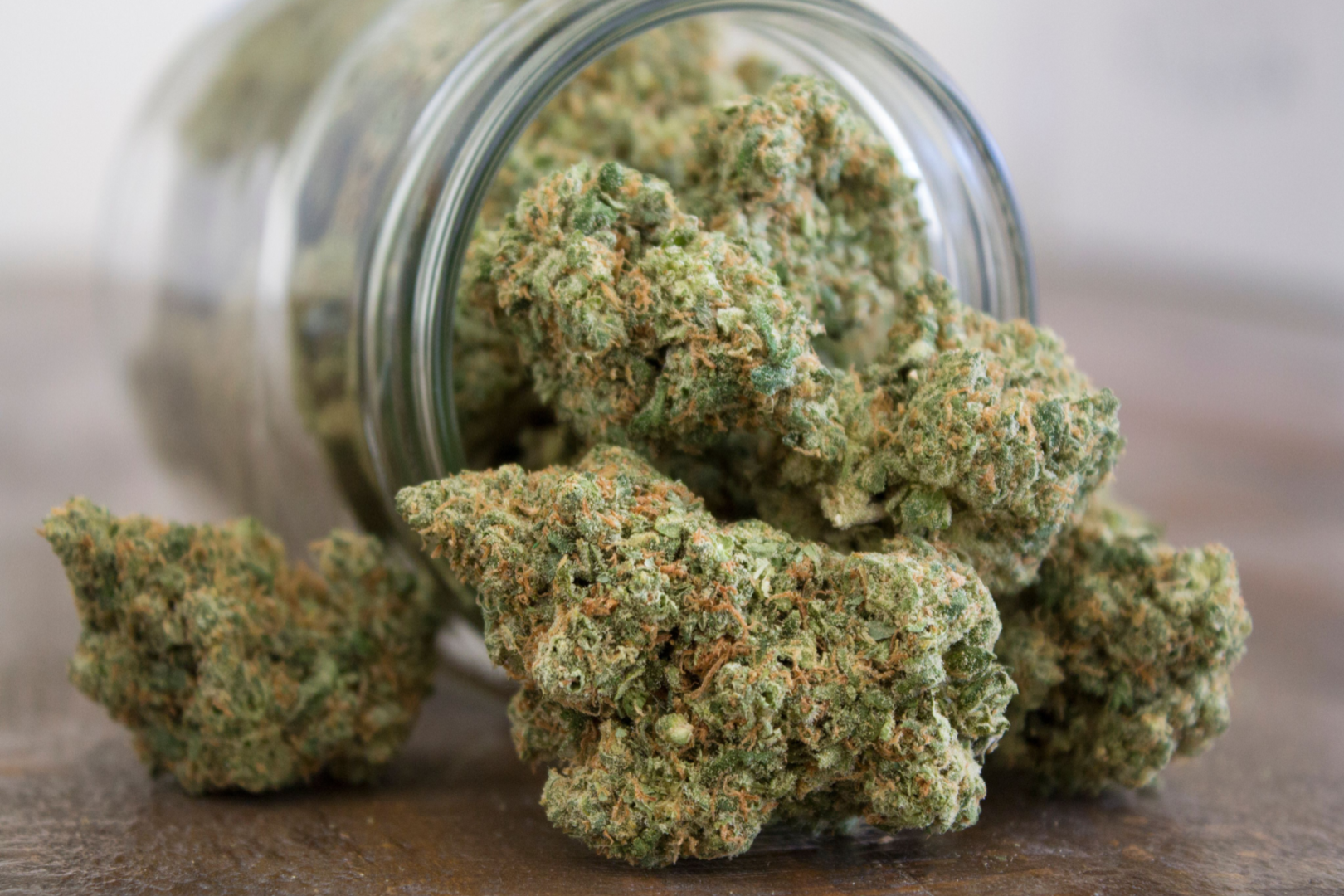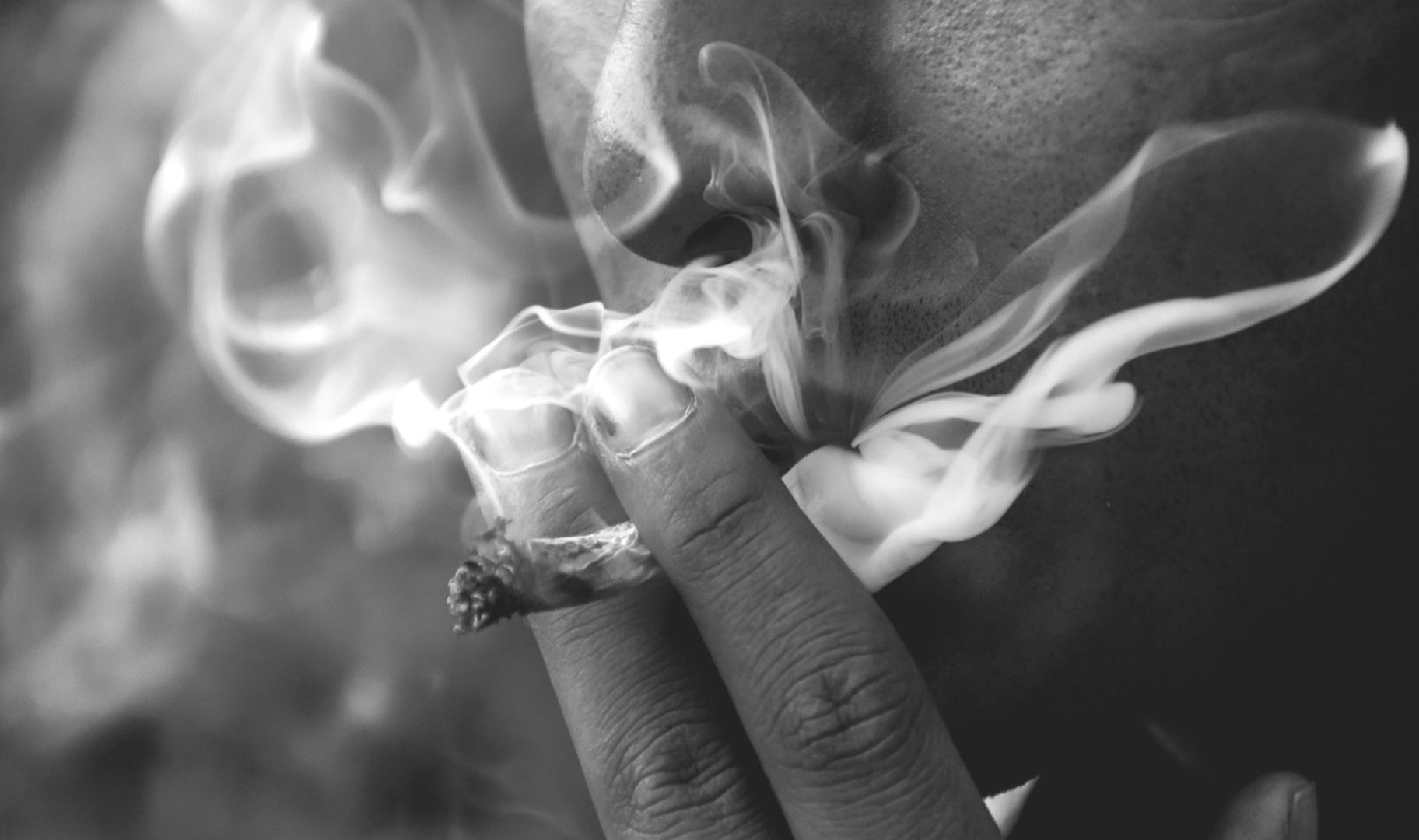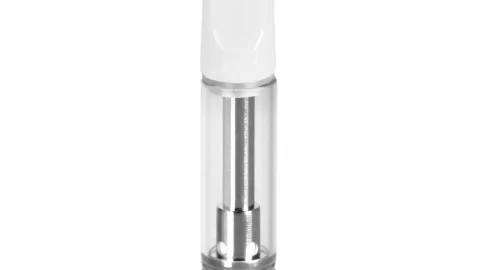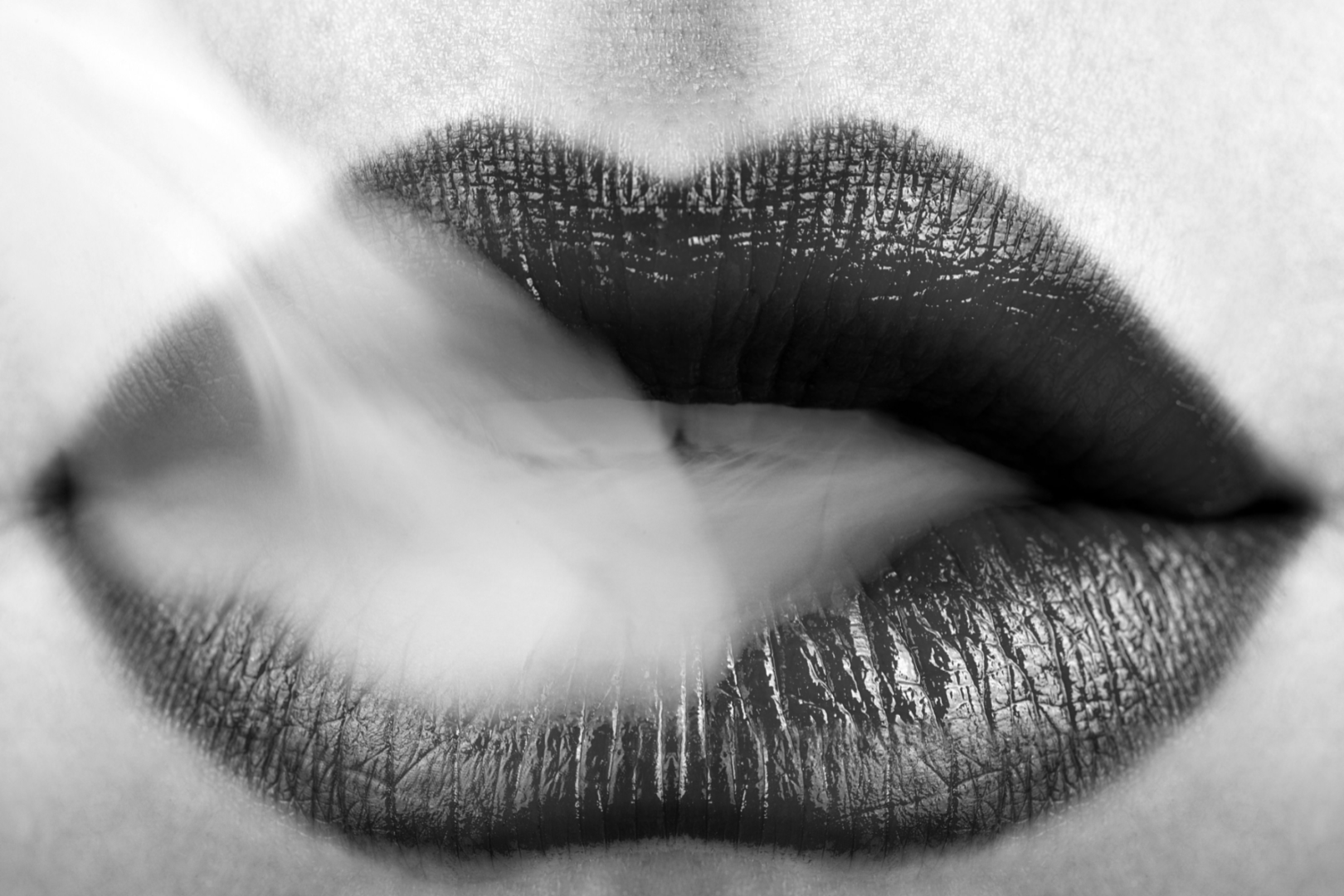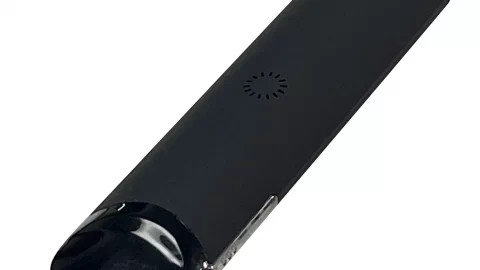Use Cannabis Safely and Responsibly – Guide to Safe and Healthy Cannabis Use
Reposted from: https://www.goodrx.com/well-being/substance-use/safe-and-healthy-marijuana-use [credit]
If you or someone you know struggles with substance use, help is available. Call SAMHSA’s National Helpline at 1-800-662-HELP (4357) to learn about resources in your area.
THE BASICS
According to the United Nations, cannabis is the most widely used drug worldwide. Humans have grown and consumed cannabis for thousands of years, for both medical reasons and personal enjoyment.
The word “cannabis” refers to a family of plants that produce unique molecules known as cannabinoids. The two most well-known cannabinoids are THC and CBD.
In the United States, cannabis plants with low levels of THC (less than 0.3%) are legally defined as hemp. Cannabis plants with higher levels of THC can produce mind-altering effects, and they have historically been referred to as marijuana.
Beginning in the early 1900s, governments across the globe began prohibiting the sale and use of cannabis. Cannabis prohibition peaked in the 1970s, part of a controversial movement known as the war on drugs. For several generations, this movement fueled fear and doubt about the risks and benefits of cannabis use.
In light of modern science, many countries and the majority of U.S. states have now legalized cannabis for medical and recreational purposes. A recent Gallup poll showed that 68% of Americans are now in favor of legalizing cannabis.
Research has shown that there are measurable health benefits of using cannabis, especially when it is used safely and responsibly. However, cannabis use also carries genuine risks, and certain sensitive populations should avoid it.
In this guide, we’ll cover the most important information you need to use cannabis safely and responsibly. Using the most up-to-date research, we’ll discuss strategies on healthy cannabis use.
What is cannabis used for?
Common effects of cannabis
For thousands of years, humans across the globe have consumed cannabis in a variety of ways, including:
Teas
Oral solutions
Baked goods
Smoking
Many people report using cannabis to reduce anger, relax, and relieve health symptoms, as well as to generally feel better.
Many patients report using cannabis for both symptom relief and recreation. The medical and personal use of cannabis is more of a spectrum than two distinct categories.
THC
Most of the mind-altering effects of cannabis are caused by the molecule THC. In fact, THC is even involved in the pain-relieving effects of cannabis.
Generally, there are more unwanted side effects at higher doses of THC. Over the last several decades, there has been a four-fold increase in the concentration of THC in cannabis.
CBD
The second-most common molecule in the cannabis plant is cannabidiol, or CBD. Unlike THC, CBD does not cause problems with body coordination or thinking.
CBD is an anti-inflammatory molecule, and many people report that it helps with pain and sleep. In laboratory settings, CBD reduced the negative side effects of THC.
What are the benefits of cannabis?
People commonly use cannabis for:
Sleep
Anxiety
Multiple sclerosis (MS)
Post-traumatic stress disorder (PTSD)
Many other health ailments (cancer, inflammatory bowel disease, epilepsy, and more)
However, the most robust scientific research supports the use of cannabis for:
Chronic pain
Nausea and vomiting
Low appetite
One common finding among many studies is that although cannabis may not treat the main symptoms of a disease (cancer, for example), it improves a person’s quality of life.
What are the personal, or recreational, benefits of cannabis?
The most common reasons people choose to use cannabis are to improve mood, relax, and relieve stress. There are even scientific studies showing that people use cannabis to:
Substitute for alcohol
Enhance exercise (both during and after)
Improve sexual wellness
Foster creativity
Support spiritual development
What are the risks of cannabis use?
Although there are measurable benefits of cannabis use, it also has several negative side effects. Cannabis can cause memory and thinking problems, and it can also impair body coordination and reaction time.
In general, the greatest risks of cannabis use happen with a high frequency of cannabis use and large amounts of THC. As the dose of THC goes up, so does the chance of negative side effects such as:
Feeling too high
Nausea
Dizziness
Mental fog
Paranoia
The molecules in cannabis may also interact with certain types of medications. If you are taking any medications with a “grapefruit warning” on the label, be sure to discuss your cannabis use with your healthcare provider.
When used heavily or for long periods of time, cannabis can also lead to physical dependence and cannabinoid hyperemesis syndrome (nausea and vomiting).
Certain sensitive populations should avoid cannabis, such as:
Teenagers
Pregnant and breastfeeding mothers
People with a personal or family history of psychosis
People with bipolar disorder
What’s the safest way to use cannabis?
Buying cannabis from legal retail sources
One of the benefits of legalization is that cannabis is required to be tested in a laboratory for safety. This way, consumers can be sure that their products are free from toxins like pesticides and mold.
In 2019, there was an outbreak of lung injuries, linked to vaping or inhaling vaporized cannabis oil. The Centers for Disease Control and Prevention (CDC) found that most of these injuries were from vitamin E acetate, which was found in products that were acquired from informal or street sources (not lab-tested dispensary vapes).
Lab testing also allows consumers to know how much THC is in a product, or how likely it is to cause mind-altering effects. The amount or percentage of THC is required on all cannabis packaging. This way, people can more easily control how they feel when using cannabis: Generally, stronger products cause stronger effects.
When shopping at a licensed cannabis dispensary, the label also shows the amount or percentage of CBD in the product. Doctors recommend that people choose products with a balance of both THC and CBD. Experts also recommend choosing products with low levels of THC. These two shopping tips may help reduce the chance of negative side effects.
What kind of cannabis should you buy?
In regulated markets, there are a huge variety of cannabis products to choose from. There are four broad categories of products, and they have different effects.
Keep in mind: The effects of cannabis vary greatly from person-to-person. So, take salesperson or “budtender” advice with a grain of salt. Their experience, and the experiences of their other customers, could be very different from your own. You may need to try several different products to find what suits you best.
Inhaling smoke or vapor
Smoking or vaping cannabis delivers THC directly into the oxygen-rich blood in the lungs, going straight to the brain. Because of this, the effects of THC can be felt almost immediately, and they last for 2 to 3 hours.
Many people desire the quick effect of inhalation, but they are concerned about smoking. Fortunately, cannabis can be vaporized without burning it. That is, cannabis oil or flower (raw plant material) can be heated, releasing THC, CBD, and other molecules like terpenes in the form of vapor.
Inhaling cannabis vapor is generally considered safer than smoking. This is because like tobacco, burning plant material causes cancer-causing chemicals to form. Vapor from either cannabis oil or cannabis flower can be inhaled using a handheld vaporizer.
Highly-concentrated THC can also be inhaled by superheating cannabis concentrate (sometimes sold as dabs, wax, or shatter), and inhaling the vapor. “Dabbing” or inhaling cannabis concentrates may have serious risks to both mental health and the lungs.
Oral products: Edibles, beverages, tinctures, and capsules
When THC is swallowed, it must pass through the digestive system and the liver before it reaches the bloodstream. Because of this, it can take up to 2 hours for someone to feel the effects of THC after swallowing it. The effects of edibles and similar products tend to peak at about 2 hours, but they can last up to 12 hours.
When THC reaches the liver, it is broken down into a similar, but stronger, molecule called 11-hydroxy THC. Because of differences in how a person’s liver breaks down drugs, there is a lot of person-to-person variability when it comes to how strong and how long THC edibles last.
It is very easy to eat or swallow too much THC, in a way that causes anxiety, a racing heart, and even panic. Most often, people accidentally take too much because it takes so long to feel the effects. They take more before their first dose kicks in, thinking that they didn’t take enough. It’s very important to wait 2 to 3 hours before taking another dose of THC.
Tinctures, or oral cannabis solutions, are often applied under the tongue. Some cannabis experts recommend leaving tincture under the tongue for 1 to 2 minutes to allow THC and CBD to be absorbed by the body. Inevitably, most tincture is swallowed, which is why they can sometimes start to work immediately, but they often take 2 hours to take effect.
Topical and transdermal products: Lotions, creams, and patches
Both CBD-rich cannabis and THC-rich cannabis are used to make products for the skin, which some experts think is the best way to use cannabis. Although some skin products may work immediately and last for many hours, other products may not produce any discernible effects at all.
Topical and transdermal products are both applied externally. The difference is that topicals generally act where they are applied, and transdermal products are specially made to penetrate the skin and reach deeper tissues.
Most topical products do not cause thinking or memory problems, even when they contain THC. This is what makes topicals an excellent starting point for people who are new to cannabis.
However, some topical cannabis products may contain other ingredients that make it easier for THC and CBD to penetrate the skin and reach the brain. So, when using a THC topical for the first time, be prepared for the chance of mind/body impairment.
Transdermal cannabis patches are designed to deliver cannabinoids into the blood, so that their effects can be felt throughout the body. These products have not been well-studied in people, and results may vary from product to product and person to person. If a cannabis patch contains THC, it is likely to cause some impairment.
Sexual wellness products
At a licensed dispensary, you might also encounter suppositories, cannabis-infused lubricants, and other similar products. Because cannabinoids easily pass through these sensitive skin areas, sexual wellness products with THC may produce some mind/body impairment.
Like other topicals, these products have not been thoroughly tested in people, and the effects may vary.
How much cannabis should you use?
A major factor in safe and responsible cannabis use is the amount you consume. Negative side effects and life consequences are more likely when you use too much cannabis, so moderation is important.
There is a general rule of thumb to maximize benefits and minimize risks: “Start low, go slow.” This means starting with a small amount, and slowly increasing your serving size over several days or weeks. It also means starting with a low-THC product and gradually working up to more potent products with higher THC.
But what is a “small” amount? Likewise, what is considered a “low” THC product? Let’s explore this for both oral and inhaled cannabis.
How much cannabis should you swallow?
For oral cannabis products, there is not yet an agreed-upon standard dose of THC. Although some experts propose using 5 mg as a standard dose, this is double what cannabis experts recommend that their patients start with: 2.5 mg. In fact, 5 mg can cause unpleasant effects for some people, and women are also more sensitive to the effects of 5 mg THC than men.
Starting with 1 mg to 2.5 mg of THC is generally considered best practice for cannabis edibles, beverages, and tinctures. It may be hard to find low-dose edibles where you live, so choose products that can be easily and evenly divided.
You can always take more, but there is no way to reverse THC’s effects after taking an edible. Wait at least 3 hours before taking more to avoid negative side effects. CBD edibles generally do not cause mind/body impairment.
How much cannabis should you inhale?
Compared to swallowing THC, inhaling cannabis has some benefits: It’s easier to find the right dose or amount, and the effects do not last as long.
Consider this analogy: With edibles, you are essentially putting on a parka, and you are stuck in that parka for several hours. By taking individual puffs, or inhalations of cannabis, you have the ability to layer: a light sweater, followed by a warmer jacket, and finally a parka if necessary.
When first starting out with either vaporizable oil or flower, it’s important to start with a small amount, a low-THC product, or both.
A small amount of cannabis is defined as how many puffs, or inhalations, you take. Start with a single inhalation and wait at least 15 minutes before taking another.
Low-THC products are those that contain few milligrams of THC, or a low percentage of THC. For example, a high-THC vaporizer cartridge may contain as much as 70% or 700 mg of THC. A low-THC cartridge might contain half that much (or less): 350 mg or 35% THC.
Similarly, a low-THC flower would generally be considered to have 10% THC or less. An ideal place to start would be with a “high-CBD” flower, which may have less than 1% THC.
In most regulated markets, consumers can choose inhalable products with so-called “balanced” ratios of THC to CBD. That is, a 1:1 product would have an equal amount of THC and CBD, and a 1:5 product would have 5 times as much CBD as THC. When starting out, it’s a good idea to choose balanced products with a high ratio of CBD.
What’s the best way to reduce the risks of cannabis use
The greatest short-term risk of cannabis use is feeling too high: nausea, anxiety, and dizziness, among other unpleasant effects. The best way to manage these unpleasant feelings is to prevent them in the first place.
In general, the more THC you use, the more likely you are to experience negative effects. So, it’s wise to use a small amount of cannabis and/or a low-THC product.
If you feel too high, rest assured that the feelings are temporary. There are no proven antidotes to taking too much THC — the effects simply wear off in time. Too much cannabis may feel unpleasant, but it does not cause long-term harm and it is not life-threatening.
Some straightforward self-care can go a long way if you are feeling too high. These are some common strategies recommended by experts:
Drinking water
Lying down
Listening to calming music
Taking long, slow breaths through your nose
How to know if you’re using too much
If you use cannabis regularly, you may notice that you need more — or need stronger products — to achieve the desired effect. That is, you can develop tolerance to its effects.
Tolerance is the first sign that you might be using too much cannabis, or it might be time to take a break. If you have a high tolerance, you could become physically dependent on cannabis. This means that if you stop using it, you’ll experience withdrawal symptoms, which are similar to those of nicotine withdrawal:
Irritability
Anxiety
Cravings for cannabis
Low quality or quantity of sleep
Low appetite
Experts recommend that people regularly take a 48-hour tolerance break (a 2-day cannabis fast). This may reduce the risk of physical dependence and allow the body to remain sensitive to cannabis’s effects.
Like many natural activities and other substances (gambling, sugar, and nicotine, for example), cannabis can be used excessively. You know it’s time to seek help if you experience more than two signs of cannabis use disorder, such as:
Continued use despite negative consequences (job, family, or money problems)
Cravings for cannabis
High tolerance and withdrawal symptoms
What is healthy and responsible cannabis use?
Moderation is the key to healthy and responsible cannabis use. Here are some sensible ways to consume cannabis while reducing short- and long-term risks:
Use cannabis infrequently.
Use small amounts.
Take regular breaks of 2 days or more.
Choose low-THC products.
It’s important to consume cannabis when you know you have no important responsibilities such as caring for children. It is not safe to drive after consuming cannabis.
Cannabis smoke is not good for the lungs. Vaporizing cannabis oil or flower is a healthier alternative to smoking.
Certain people should be extremely cautious with cannabis, or avoid it altogether. This includes:
Teens
Pregnant and breastfeeding mothers
Individuals with a history of psychosis or bipolar disorder
People prone to medication interactions
Be prepared to recognize the red flags of excessive cannabis use:
Tolerance
Withdrawal
Cravings
Life problems
These are all signs it might be time to quit or get support.
How to get help or treatment if you think you have a substance use disorder with cannabis
For those in need of support for problematic cannabis use, here are some additional resources and information:
SMART Recovery
Substance Abuse and Mental Health Services Administration
National Institute on Drug Abuse
KEEP IN MIND
Although the majority of U.S. states have legalized cannabis for either adult or medical use, at the federal level it remains a Schedule I prohibited drug. It is still illegal to travel out of the country or across state lines with cannabis. You may also be denied housing, employment, or some forms of public assistance if you use cannabis.
Many doctors never received training about cannabis’s medical benefits, and it may be challenging to find a healthcare provider who is knowledgeable and supportive of your cannabis use. The Society of Cannabis Clinicians maintains a provider directory to help patients find the support they need.
REFERENCES
National Academies of Sciences, Engineering, and Medicine: The Health Effects of Cannabis and Cannabinoids Medicine
Americans for SafeAccess: Medical and Scientific Information About Cannabis
National Institute on Drug Abuse: Marijuana DrugFacts
Best study we found National Academies of Sciences, Engineering, and Medicine. (2017). The health effects of cannabis and cannabinoids.
Americans for Safe Access. (2016). A patient’s guide to medical cannabis.
Bhaskar, A., et al. (2021). Consensus recommendations on dosing and administration of medical cannabis to treat chronic pain: Results of a modified Delphi process. Journal of Cannabis Research.
Boehnke, K. F, et al. (2021). Cannabidiol use for fibromyalgia: Prevalence of use and perceptions of effectiveness in a large online survey. The Journal of Pain.
Burt, T. S., et al. (2021). Perceived effects of cannabis and changes in driving performance under the influence of cannabis. Traffic Injury Prevention.
Cahill S. P., et al. (2021). Evaluation of patient reported safety and efficacy of cannabis from a survey of medical cannabis patients in Canada. Frontiers in Public Health.
Casiraghi, A., et al. (2020). Topical administration of cannabidiol: Influence of vehicle-related aspects on skin permeation process. Pharmaceuticals.
Cedars Sinai. (2021). Cannabinoid hyperemesis syndrome.
Centers for Disease Control and Prevention. (2021). Outbreak of lung injury associated with the use of e-cigarette, or vaping, products.
Cuttler, C., et al. (2021). Acute effects of high-potency cannabis flower and cannabis concentrates on everyday life memory and decision making. Scientific Reports.
Drug Policy Alliance. (2021). A brief history of the drug war.
Evanoff, A. B., et al. (2017). Physicians-in-training are not prepared to prescribe medical marijuana. Drug and Alcohol Dependence.
Fischer, B., et al. (2017). Lower-risk cannabis use guidelines: A comprehensive update of evidence and recommendations. American Journal of Public Health.
Fogel, J. S., et al. (2017). Sex differences in the subjective effects of oral Δ9-THC in cannabis users. Pharmacology, biochemistry, and behavior.
Food and Drug Administration. (2021). Grapefruit juice and some drugs don’t mix.
Freeman, T. P., et al. (2020). ‘Standard THC units’: A proposal to standardize dose across all cannabis products and methods of administration. Addiction.
French, M. T., et al. (2021). The relationships between marijuana use and exercise among young and middle-aged adults. Preventive Medicine.
Gallup. (2020). Support for legal marijuana inches up to new high of 68%.
Graves, B. M, et al. (2020). Comprehensive characterization of mainstream marijuana and tobacco smoke. Scientific Reports.
Guangpeng, R., et al. (2021). Large-scale whole-genome resequencing unravels the domestication history of Cannabis sativa. Science Advances.
Hagenbach, U., et al. (2006). The treatment of spasticity with Delta9-tetrahydrocannabinol in persons with spinal cord injury. Spinal Cord.
Haney, M. (2005). The marijuana withdrawal syndrome: Diagnosis and treatment. Current Psychiatry Reports.
Healer. (2021). Cannabis tinctures 101: Explore the benefits of tinctures.
Healer. (2021). Six-day sensitization protocol.
Henshaw, F. R., et al. (2021). The effects of cannabinoids on pro- and anti-inflammatory cytokines: A systematic review of in vivo studies. Cannabis Cannabinoid Research.
Hess, C., et al. (2017). Topical application of THC containing products is not able to cause positive cannabinoid finding in blood or urine. Forensic Science International.
Huestis, M. A. (2007). Human cannabinoid pharmacokinetics. Chemistry & Biodiversity.
Iszaj, F., et al. (2018). A qualitative study on the effects of psychoactive substance use upon artistic creativity. Substance Use & Misuse.
Johnstad, P. G. (2020). Cannabis as entheogen: Survey and interview data on the spiritual use of cannabis. Journal of Cannabis Research.
Karoly, H. C, et al. (2021). Effects of cannabis use on alcohol consumption in a sample of treatment-engaged heavy drinkers in Colorado. Addiction.
Li, X., et al. (2019). The effectiveness of self-directed medical cannabis treatment for pain. Complementary Therapies in Medicine.
Marijuana Policy Project. (2021). Medical marijuana laws and anti-discrimination provisions.
Meehan-Atrash, J., et al. (2017). Toxicant formation in dabbing: The terpene story. ACS Omega.
Nashed, M. G., et al. (2021). Prenatal cannabinoid exposure: Emerging evidence of physiological and neuropsychiatric abnormalities. Frontiers in Psychiatry.
National Academies of Sciences, Engineering, and Medicine. (2017). The health effects of cannabis and cannabinoids.
National Apartment Association. (2021). Navigating medical marijuana and fair housing.
National Institute on Drug Abuse. (2021). Is there a link between marijuana use and psychiatric disorders?
National Institute on Drug Abuse. (2021). Marijuana drug facts.
Pierre, J. M., et al. (2016). Cannabis-induced psychosis associated with high potency “wax dabs.” Schizophrenia Research.
Prieto-González, J. M., et al. (2021). Safety and tolerability of nabiximols oromucosal spray: A review of real-world experience in observational studies, registries, and case reports. Expert Review of Neurotherapeutics.
Sajdeya, R., et al. (2021). Reasons for marijuana use and its perceived effectiveness in therapeutic and recreational marijuana users among people living with HIV in Florida. Cannabis.
Schlienz, N. J, et al. (2020). A cross-sectional and prospective comparison of medicinal cannabis users and controls on self-reported health. Cannabis and Cannabinoid Research.
Schlienz, N. J., et al. (2020). Pharmacodynamic dose effects of oral cannabis ingestion in healthy adults who infrequently use cannabis. Drug and Alcohol Dependence.
Sempio, C, et al. (2020). Detection of cannabinoids by LC-MS-MS and ELISA in breast milk. Journal of Analytical Toxicology.
Society of Cannabis Clinicians. (2021). Find a practitioner.
Spindle, T. R., et al. (2020). Pharmacokinetics of cannabis brownies: A controlled examination of Δ9-Tetrahydrocannabinol and metabolites in blood and oral fluid of healthy adult males and females. Journal of Analytical Toxicology.
Stinchcomb., A. L, et al. (2004). Human skin permeation of delta8-tetrahydrocannabinol, cannabidiol and cannabinol. Journal of Pharmacy and Pharmacology.
Tijani, A. O, et al. (2021). Delivering therapeutic cannabinoids via skin: Current state and future perspectives. Journal of Controlled Release.
United Nations. (2021). World drug report.
United States Drug Enforcement Administration. (2021). Drug scheduling.
Weedmaps. (2021). Terpenes (Dictionary).
Weedmaps. (2021). Vaporizer (Dictionary).
Wiebe, E., et al. (2019). How cannabis alters sexual experience: A survey of men and women. The Journal of Sexual Medicine.
Wikia.org. (2021). Cannabis use disorder.
Zorrilla, I., et al. (2015). Cannabis and bipolar disorder: Does quitting cannabis use during manic/mixed episode improve clinical/functional outcomes? Acta Psychiatrica Scandinavica.
Zuardi, A. W., et al. (1982). Action of cannabidiol on the anxiety and other effects produced by delta 9-THC in normal subjects. Psychopharmacology.



